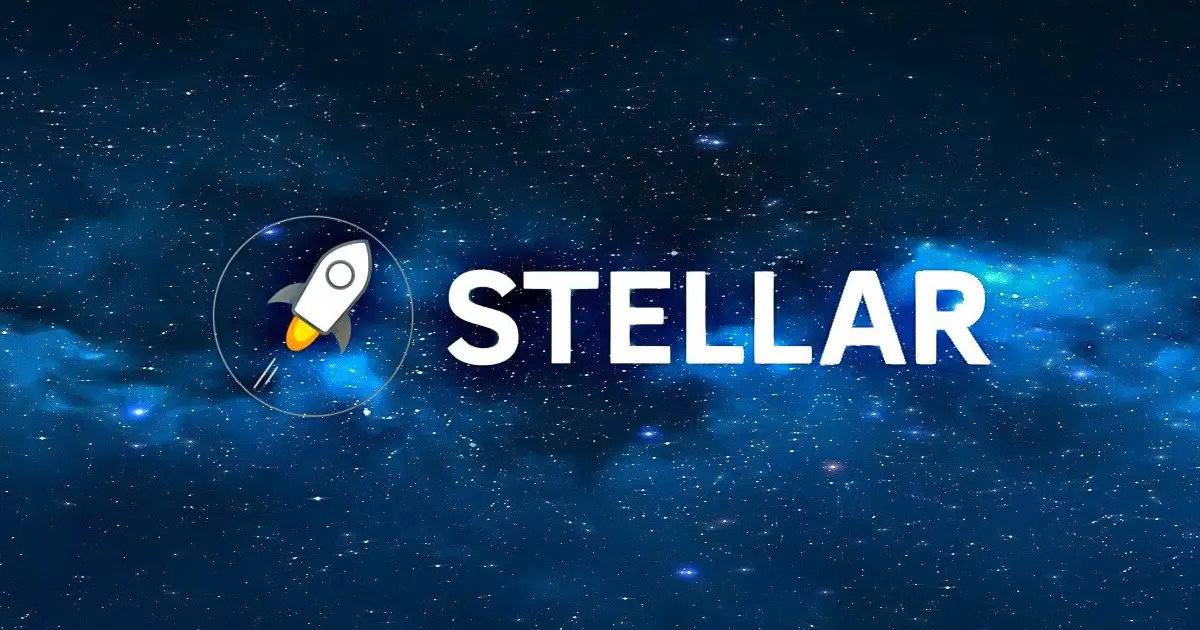
As Stellar platforms can support different kinds of blockchain product developments, it become a top choice for many blockchain developers. However, starting to build blockchain products on Stellar is not quite simple and beginners need to have a solid understanding of the development steps. Therefore, our article today will list out necessary steps for you to finish your Stellar projects.
First and foremost, you need to identify your products to build on Stellar blockchain platforms. There are several products, but they are mainly in four categories: peer-to-peer payment applications, asset digitalization, decentralized exchange, and sharing economy. Stellar-powered payment apps can conduct fast transactions with low transaction fees so the users can save waiting time and cost when shopping or exchanging currencies. The stellar decentralized exchange also provides a secure place for users to participate and exchange money.
Firstly, you need to decide which kinds of technology are used to build the app on Stellar. For example, if you want to create a C-based app, you need to install a corresponding SDK. The SDK includes various features to empower your app, such as networking layer APIs.
Secondly, after finishing the installation, you need to connect your SDK with the Horizon network. That horizon plays a vital role in connecting the Stellar foundation with the applications, allowing users to submit transactions, keep track of accounts’ status and so on. The Stellar horizon’s endpoint can strengthen different processes, including operations, accounts, payments, transactions, etc. Next, you may need to import the object from your installed SDK to reach the endpoints and then form two functions, for storing the Horizon’s responses and for calling the Horizon’s endpoint.
Next, you need to create an account on the Stellar network to move on to your Stellar development. As a secure and tight-protected blockchain platform, accounts on Stellar have a secret seed which is a totally private password and a public key for verifying participants in transactions. The users can set their own secret seed and public key after forming their accounts. Also, you don’t need to worry too much about creating assets. If you are a beginner, you can simply establish a new asset with a payment operation.
The users conduct the transactions for many purposes, including configuring accounts, making offers, and others. Before officially conducting the transactions, you need to add the operation to your transaction. Then, you need to set the accounts to charge the fees for each operation of the transactions. After transacting, the transaction is still unsigned and will be signed after getting approval from Stellar.
When you successfully conduct the very first transaction, you need to keep working on controlling it to make sure your Stellar development can run without mistakes and risks. To help you go easily, Stellar Core can provide valuable information to help you keep track of the nodes and realize potential problems.
Getting started with Stellar development is not really simple. Besides a detailed guide, you may need a team of expert developers to help your businesses go through all the obstacles. If you are finding more support to develop apps on Stellar, try to contact SmartOSC.
Increased acceptance and knowledge sharing have aided the spontaneous growth of cryptocurrency over the last…
Blockchain can be intimidating to research, but attending cryptocurrency events is one of the best…
Blockchain has made inroads into all major industries and is also becoming a part of…
In recent years, blockchain lending solutions have grown in popularity as a way to earn…
The scalability trilemma is still one of the blockchain's most pressing issues. Here are some…
Many people are looking for ways to get involved in the crypto world as the…